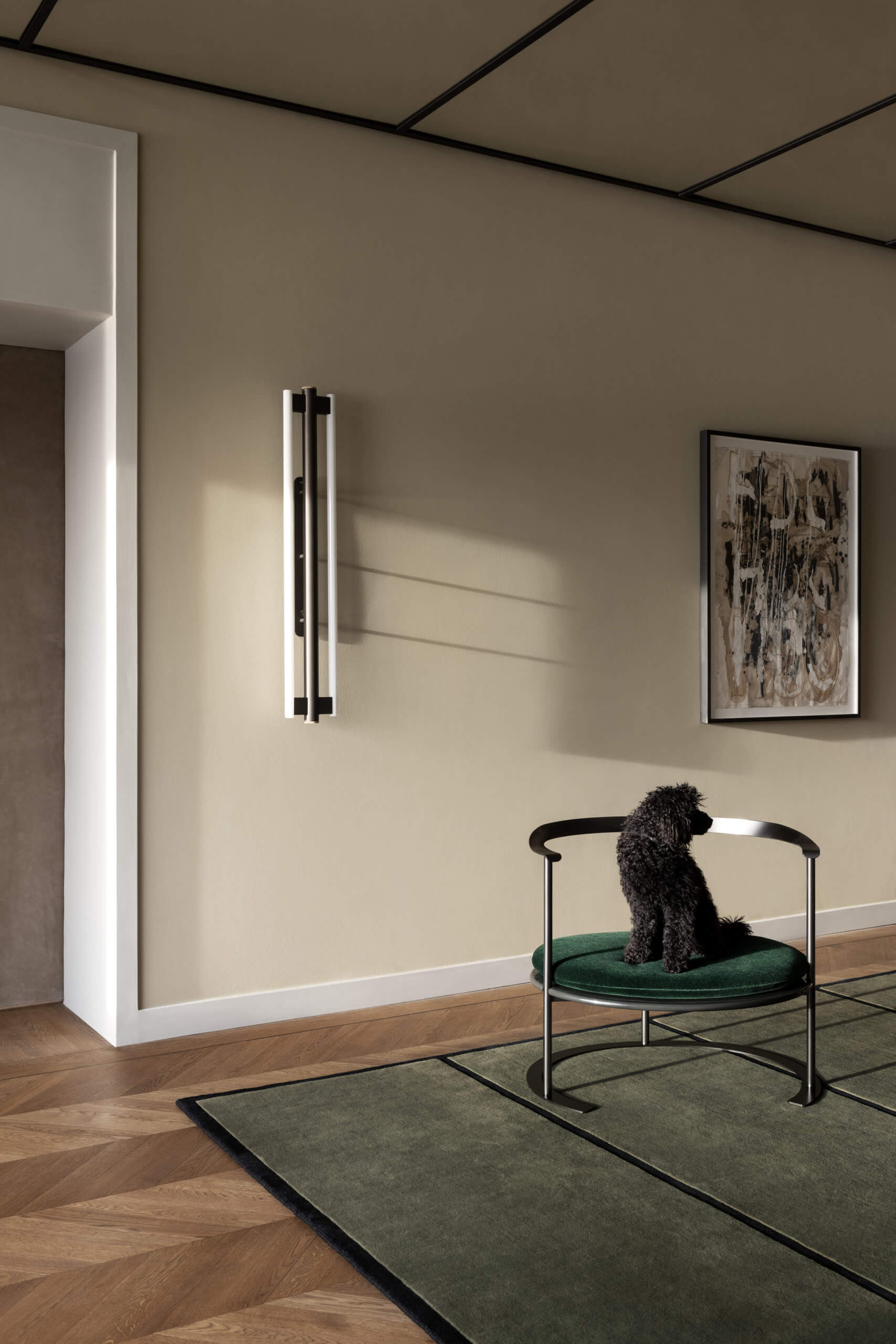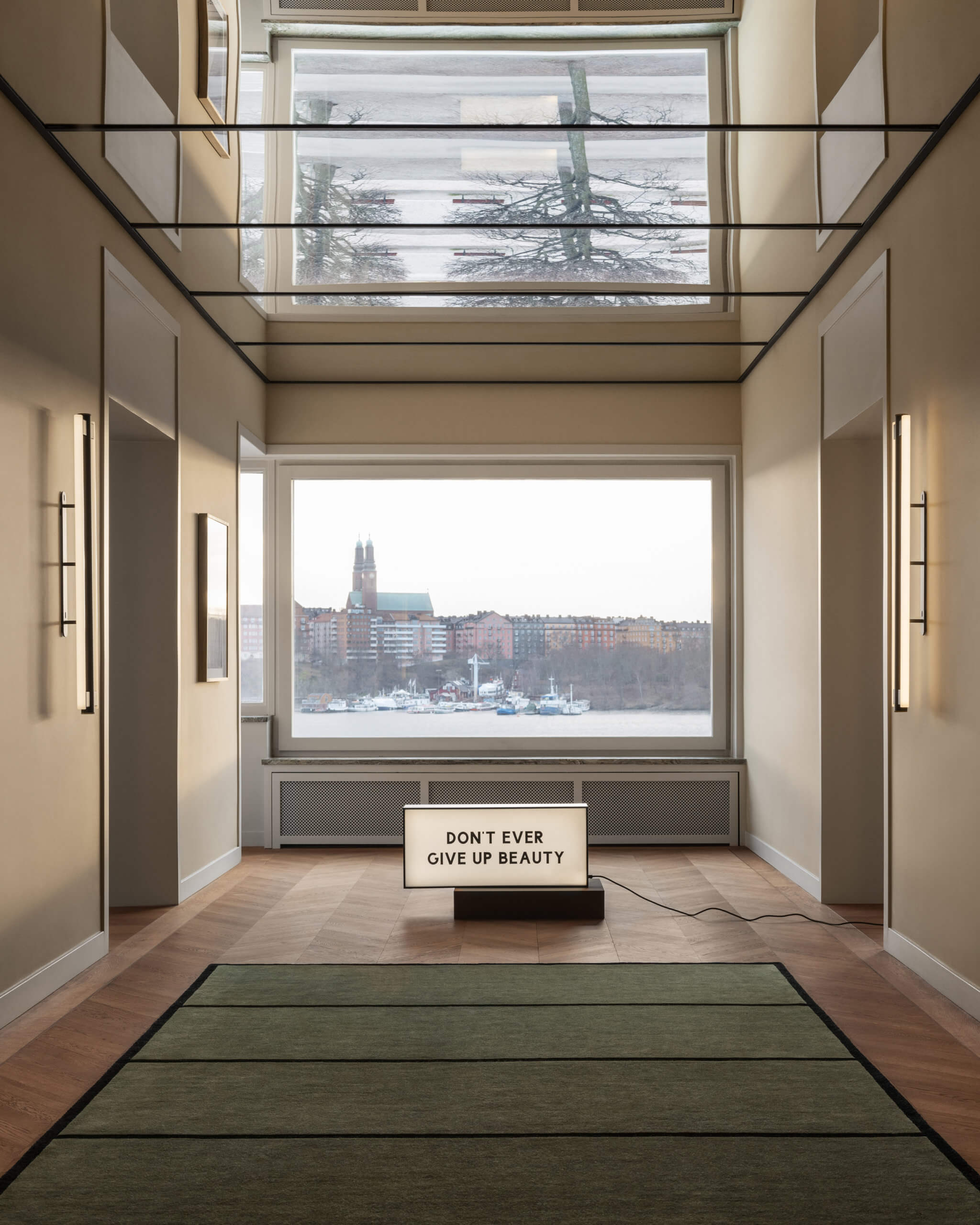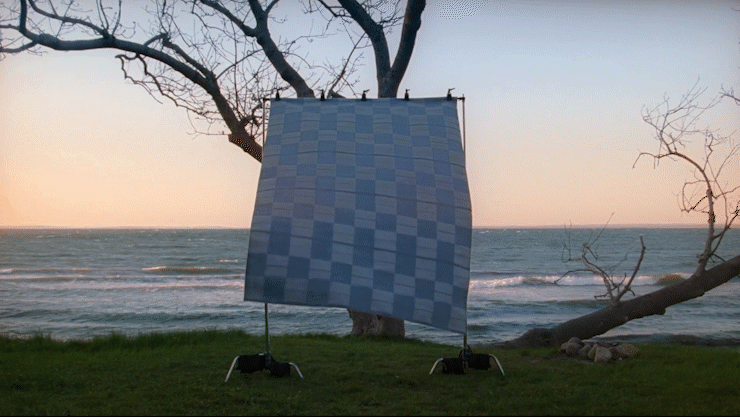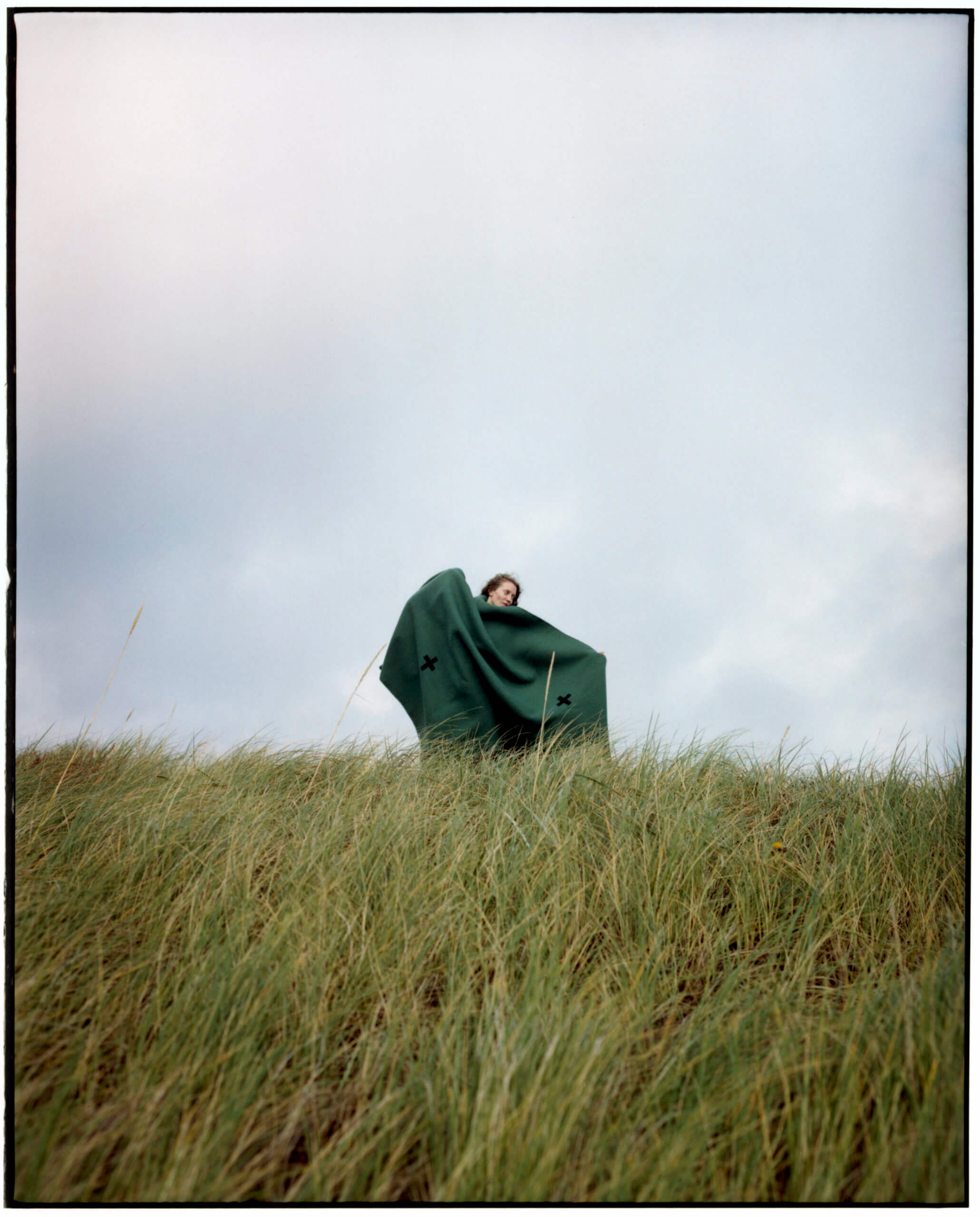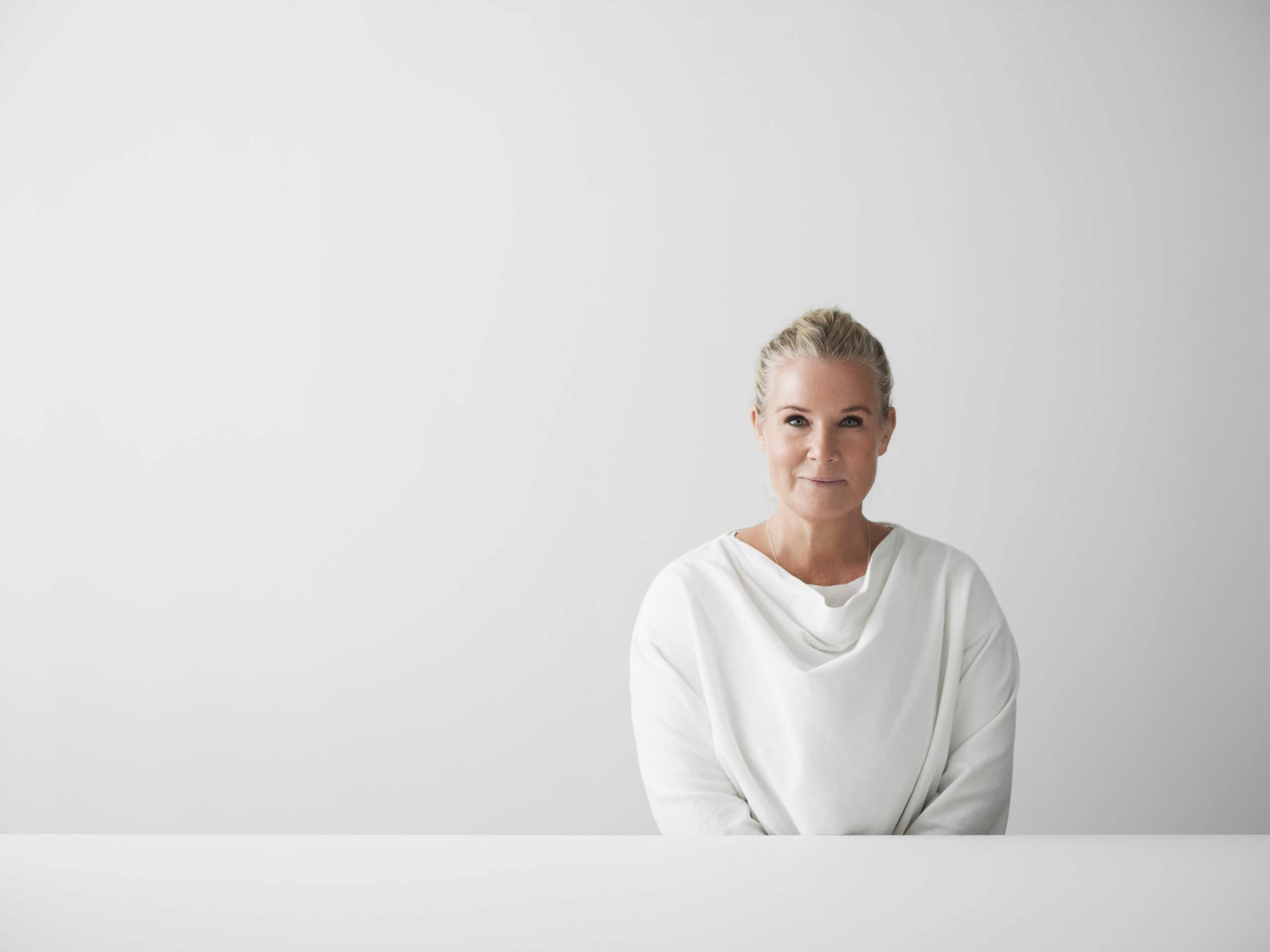Don’t ever give up beauty
Andreas Martin-Löf founded his architecture practice AML Architects in 2008 and since then he has completed an impressive number of projects, both in Sweden and abroad. The firm has designed private residences for high profile clients, commercial developments as well as invented a solution for affordable housing. Martin-Löf’s architecture is colored by his in-depth interest for craftsmanship and his eye for details; giving his architecture a warmth that is so often lacking in today’s newly built environments.
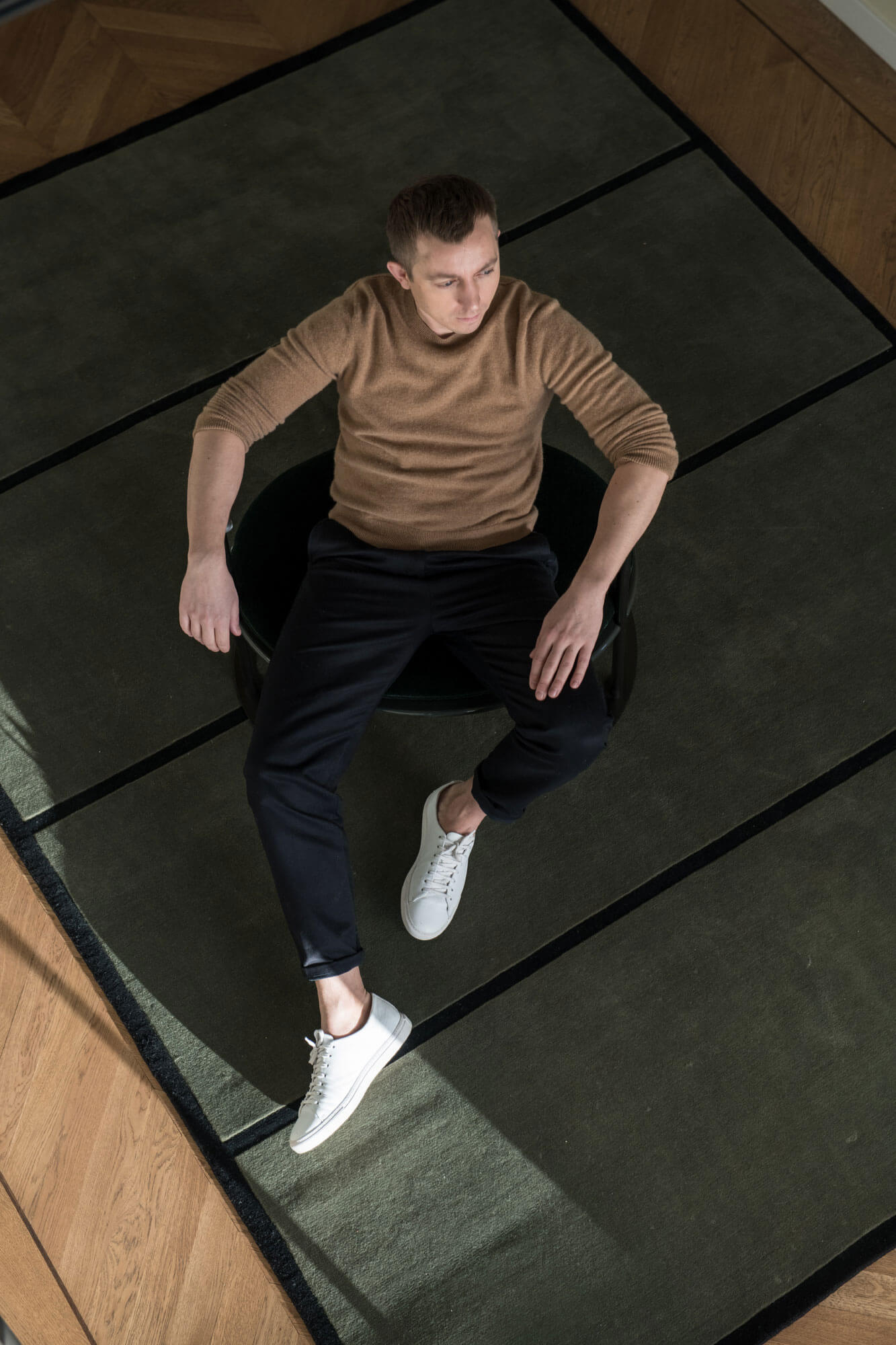
You’ve worked on a wide range of projects in Sweden, from affordable prefabricated housing for students to the most expensive apartment in Stockholm. What’s your point of view on contemporary Swedish architecture?
“I say that we live in an era of ‘uglification’. Ever since I was a student I’ve worried about the production methods and materials often used when building apartment blocks in Sweden. We do have gifted architects in Sweden, but there is too much compromise and many of the new apartment buildings we see are appalling from an architectural point of view.”
What’s your strength as an architect?
I’m interested in the history of architecture, but I’m not chained to the past in a way that creates limitations. My strength is to create buildings with strong awareness of the location and its context. I also refuse to subscribe to a “Jantelag” that’s common within the Swedish architect community, that tells you what you can and cannot do. My attitude is that one can do what one wants to do and should let others review the result.
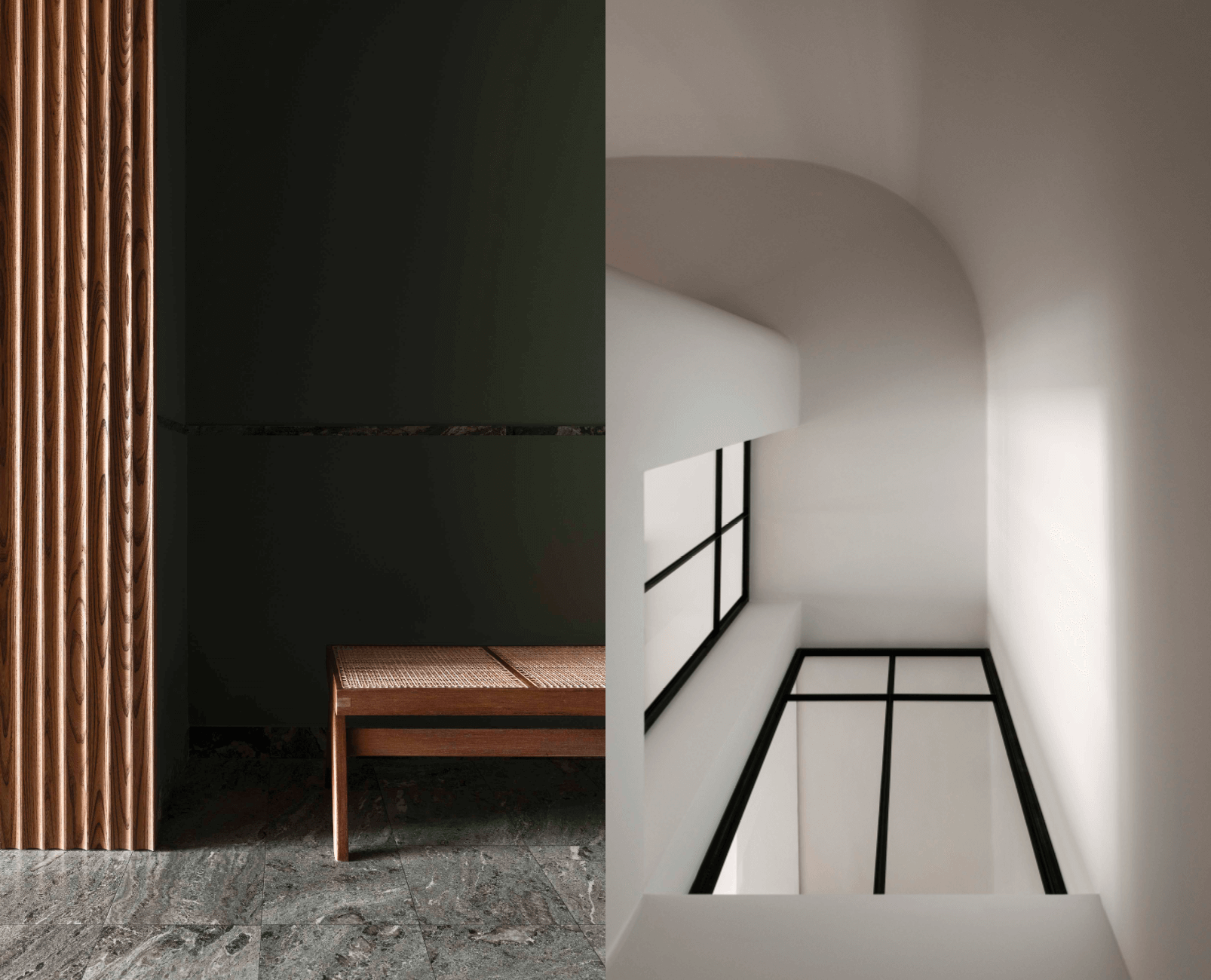
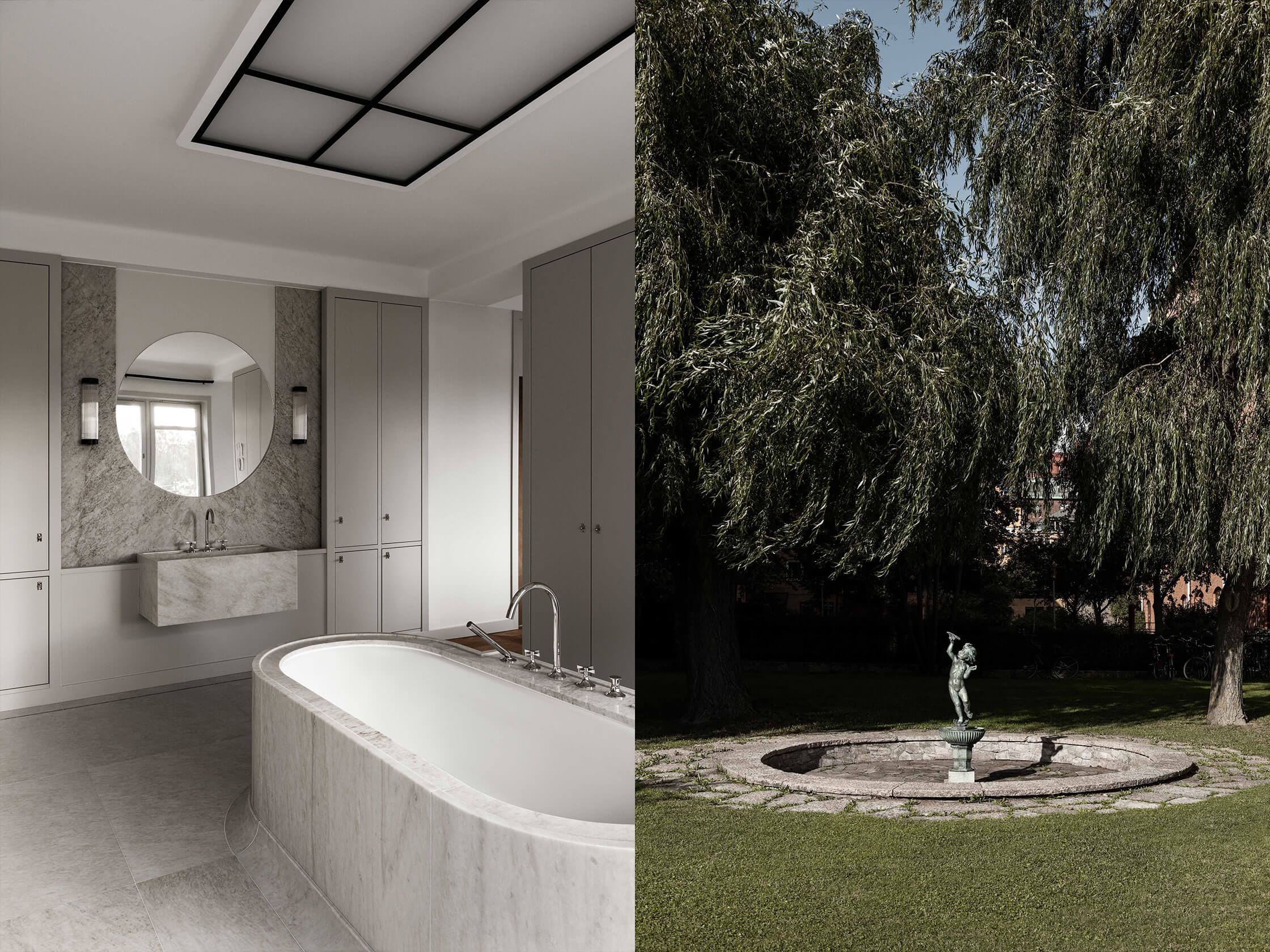
What do you think has made you successful?
I believe it’s a combination of fearlessness and hard work and a decent amount of luck, or being at the right place at the right time. I’m extremely passionate about my work and would say I take the possibility given by architecture very seriously. It has proven to be something our clients appreciate and encourages them to come back again and again.
Your architecture firm is very busy but you still take time to design smaller objects. Why is that?
“When I was young my plan was to graduate from architectural school faster than anyone else, and to combine this with studying furniture design at Konstfack. Like many others at the time, I felt I had a lot to prove as a gay man, to show my parents I was good enough. I never became the successful furniture designer that I dreamed about becoming and my life took a different turn. Still, over the years, I have designed a few pieces. I recently designed an updated milk stool for the Danish furniture producer Frama. Another small object I made was a perfume, including the scent, bottle and packaging. It’s a good exercise to work on a different scale than architecture which is very complex and takes time. The small projects add creativity to my other work.”
Tell us about the rugs you have developed with Nordic Knots.
The project was initiated after Nordic Knots borrowed my summer house for a shoot and wanted to give me a rug as a Thank You. I saw an opportunity to create my own design, and with the support of the Nordic Knots, we developed a collection of 3 wool rugs. They all reflect the creative space I was in when designing the rugs. At that time I was renovating and designing one of the largest private owned penthouses in this part of Stockholm, called Norr Mälarstrand. The apartment was originally built to house an aviator captain, Carl Florman, who founded Swedens biggest airplane company that later became Scandinavian Airlines. Both the story as well as the building really touched me. The concept of the rugs I created for Nordic Knots are breathing early modernism, on the border of classicism, with its straight lines and a muted color scheme of green and a warm gray.
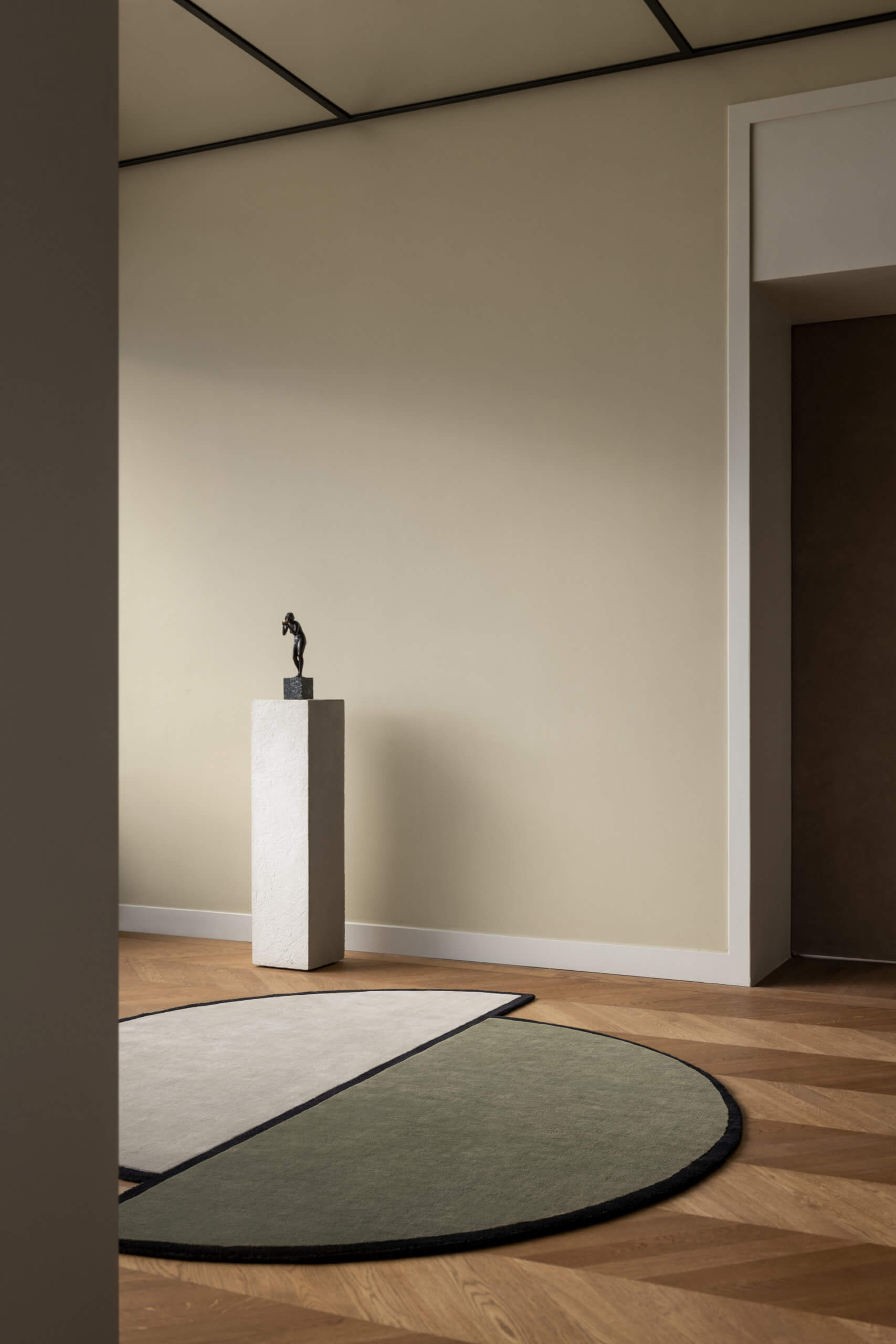
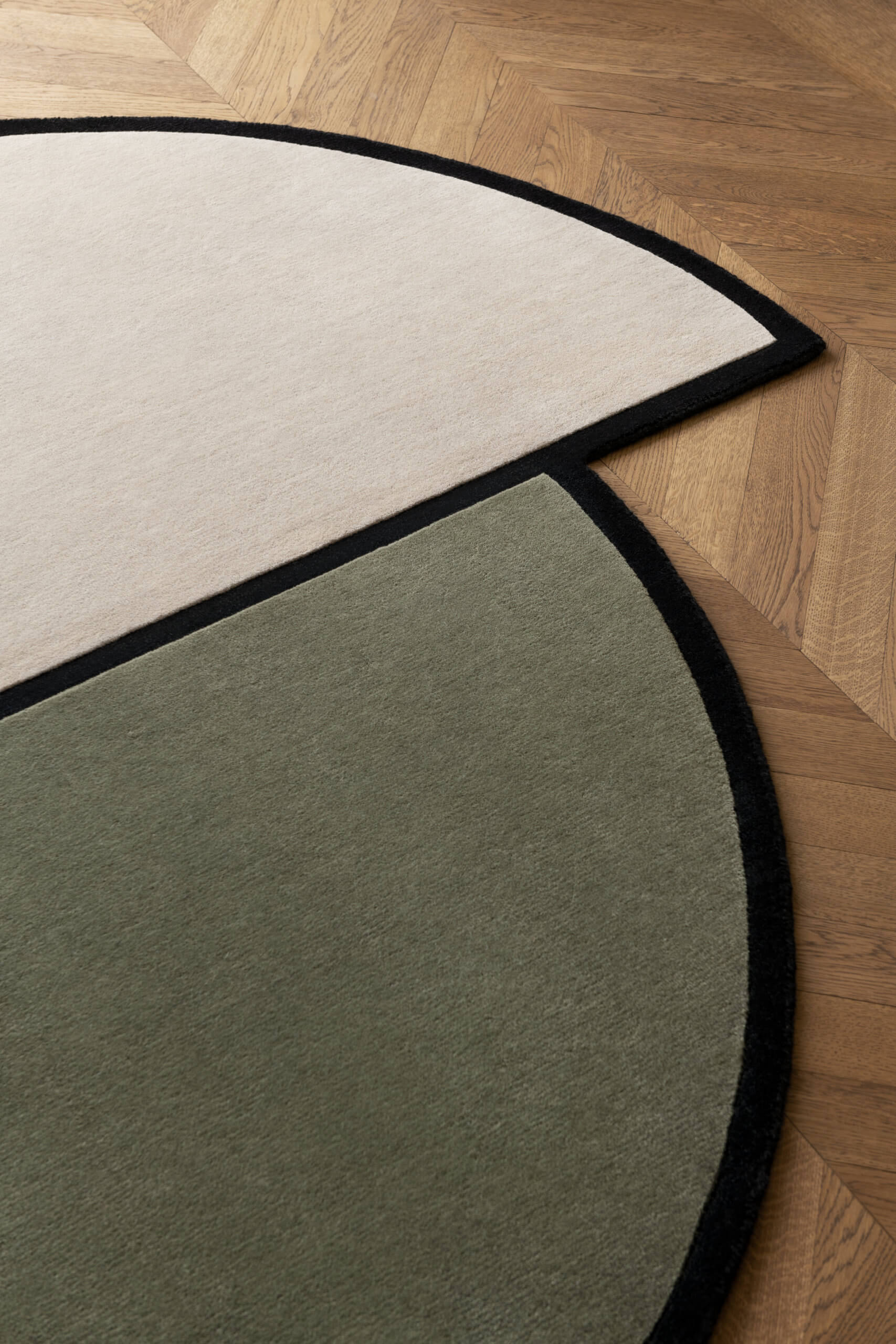
Before entering a collaboration – What are the most important parameters for you?
“All architectural work is a collaboration and during my 10 years as an architect I have learned that it’s really important that you are comfortable with the people you work with and have a common goal in mind. I’m currently working on a few design collaborations. They are all skilled companies but in different crafts and production techniques. I think it’s a lot of fun since the techniques are so different compared to my every-day-work. In every good collaboration you learn something new.”
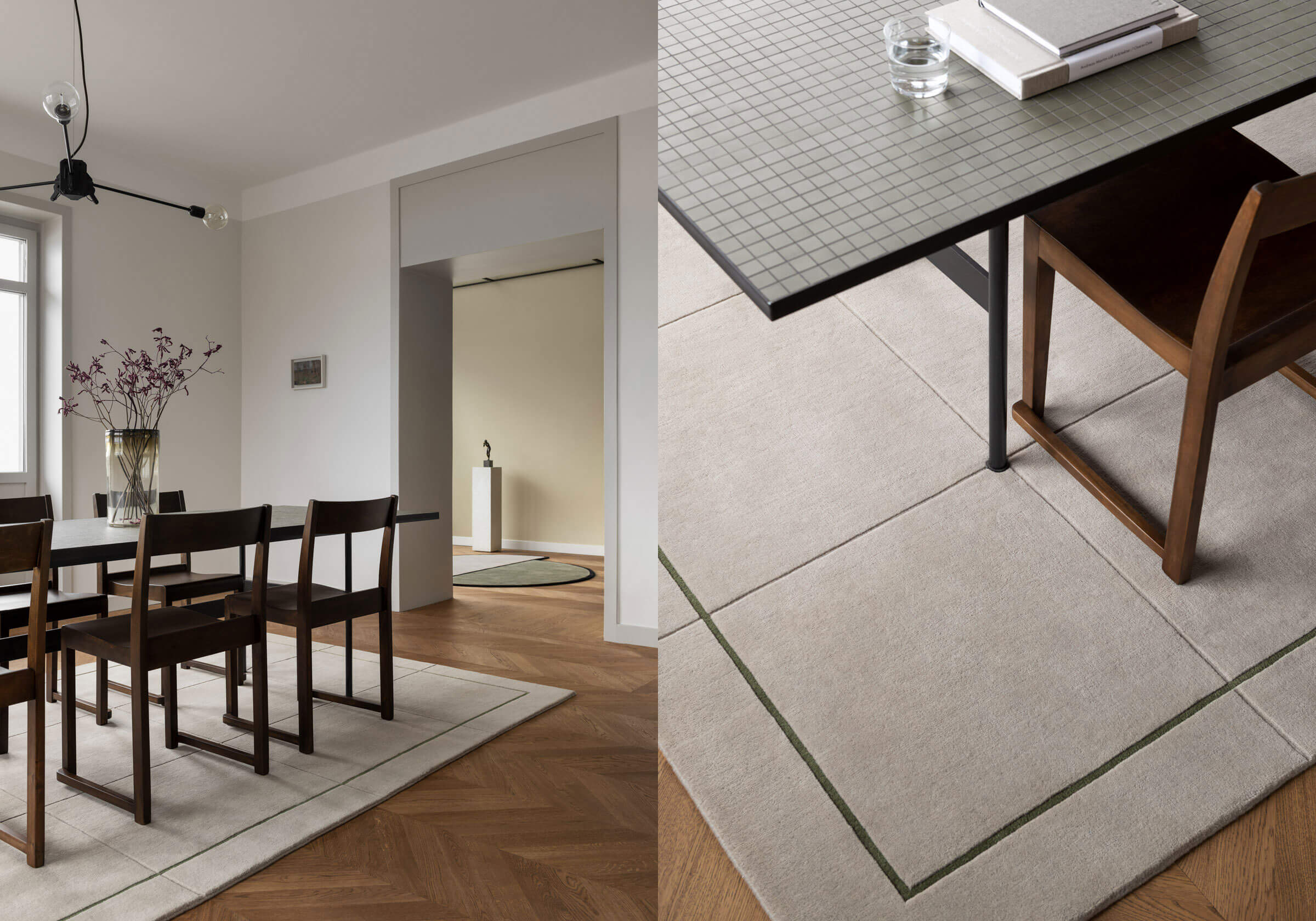
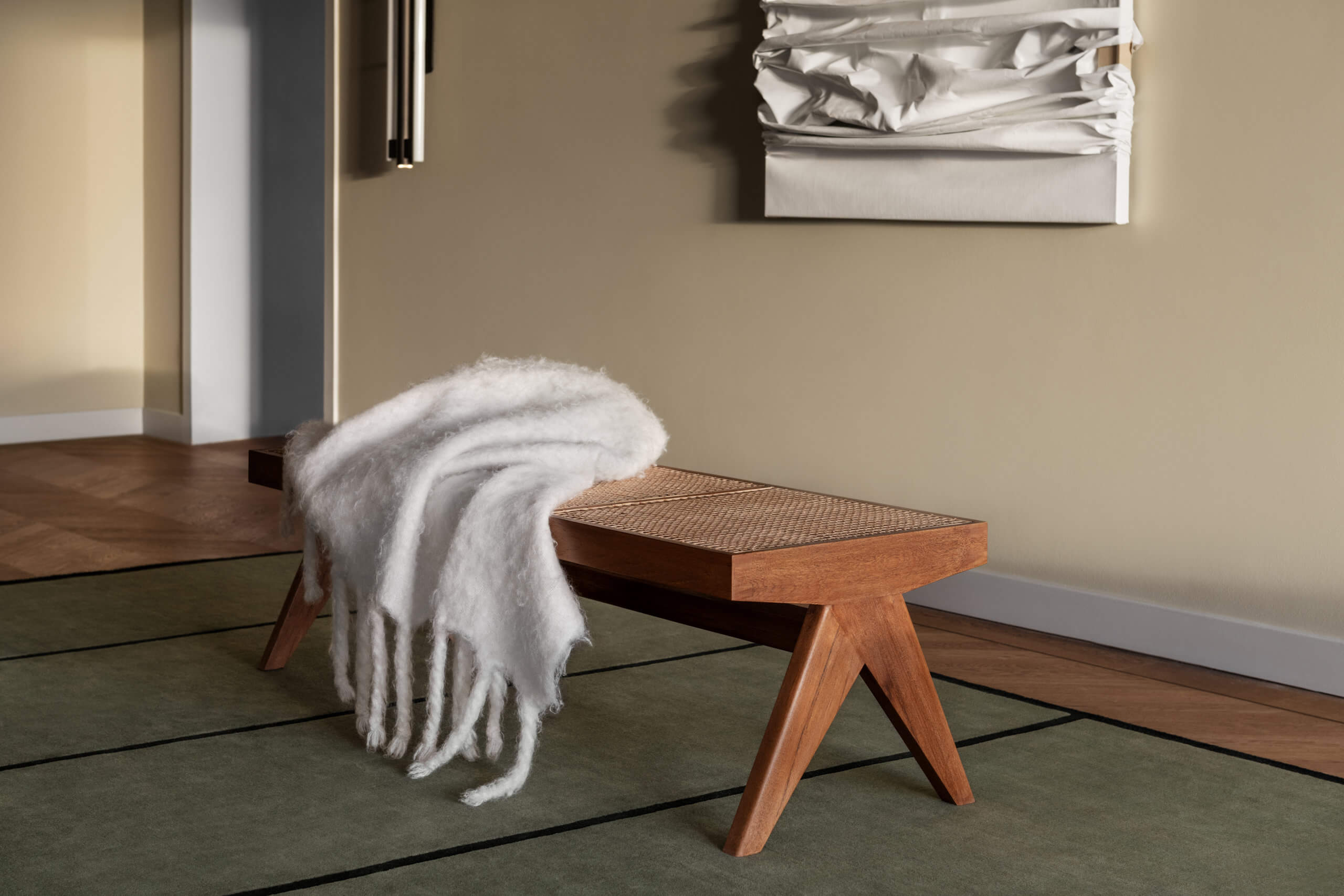
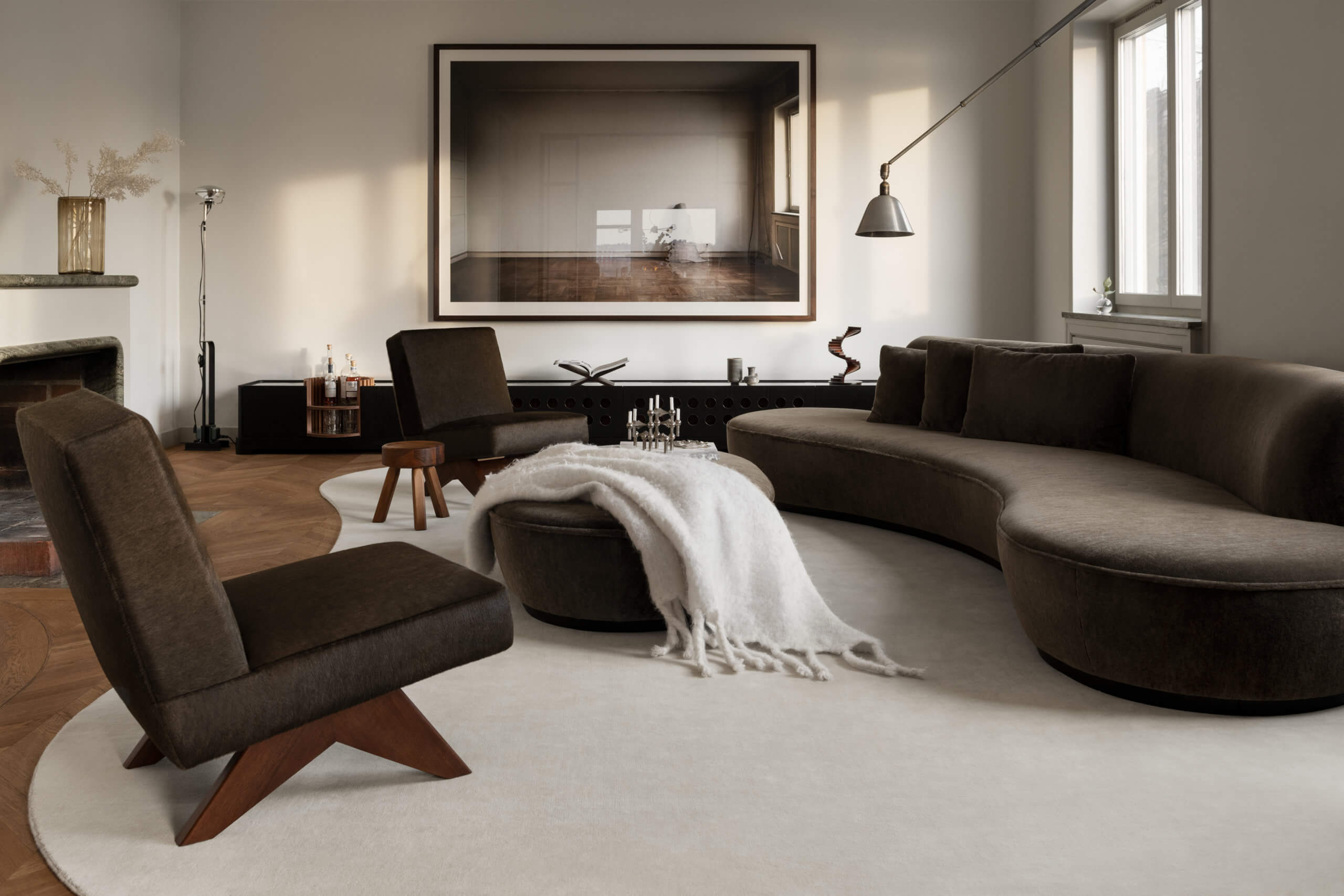
Over the past 15 years you have built 5 homes for yourself; what do you learn from living in your own projects?
“My homes have given me an opportunity to experiment with ideas and by living in them I get to observe them up close and learn from them. Architecture is not just about design and construction, it’s a discipline that requires engagement from all of our five senses. When you live in your own space, you come to understand your work in a different way. You see, hear, touch and smell the rooms at different times of day and in all seasons of the year. You get to know the spaces when you fill them with people during parties and when you spend time alone in them in the middle of the night. It’s important for me to understand the consequences of the decisions I make.”
Images of your own homes and interiors have often gone viral in social media throughout the years. How has that affected you?
“I find it fun. I don’t find it intrusive. How I furnish my homes has nothing to do with my privacy. It has actually led to people copying my interiors – and even my summer house – which I take as a recognition that my architecture is genuine. I myself look at the past for inspiration but I try to stay away from copying and reproducing what someone else has done already. Copying only creates twin architecture, or generic architecture, which happens far too often due to the sharing of images on social media. Another bad side effect of social media is that it bores us quickly of what we see, and that is a shame. It’s not durable in the long run.”
What’s the most important tool in your work?
“My gut feeling. I always listen to my instinct and over the years I’ve discovered just how important that is to me. I let my gut feeling guide me. Architecture is very complex and you can’t calculate everything. At the start of every project I ask myself a lot of questions; What would work in this building or on this site? How have other architects solved this in the past? What does my client want? What will the budget withstand and what makes me happy at the moment? Life is too short, and architecture is too complex, to be dogmatic.
